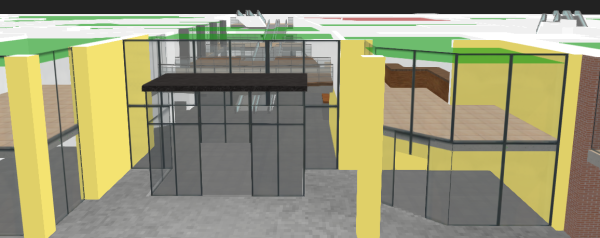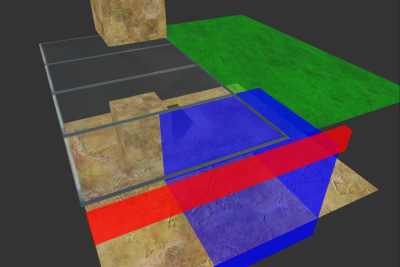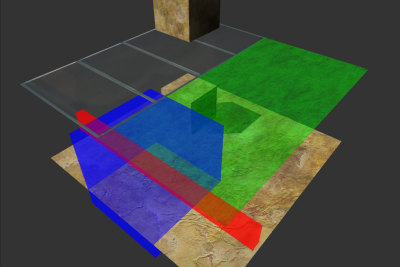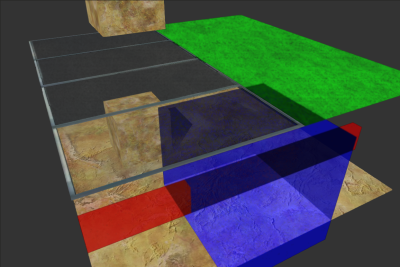Until now all the materials in 3D Wayfinder have been replaced with each 3D model update. Now it is possible to keep the materials and their attributes’ values. This will save a lot of time, when creating a nice-looking 3D wayfinding application. See how to separating materials from geometry.
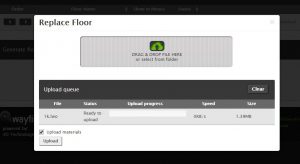
We have added a small feature to our 3D model converter. That enables to replace the 3D models without overwriting the materials. This means, that all the changes that were made in 3D Wayfinder for the purpose of tuning materials, are not lost when replacing 3D models. See it in user manual.
3D modelling software packages are different and the way 3D models are exported also varies. In most cases you need to change the color of the materials (diffuse and ambient color). After the creation of the model to get good looking 3D floor plans. We are now supporting specular shader, transparency etc. that might not come directly from the converted models. All these material attributes can be changed in 3D Wayfinder, but these values were replaced each time the geometry was updated. Now there is the option to keep the materials and their values, when replacing the 3D model.
At the same time we have added ambient attributes to each material when uploading the 3D model for the first time or when replacing the model. So there is no need to enter the “ambient” attribute anymore, just change the color.

